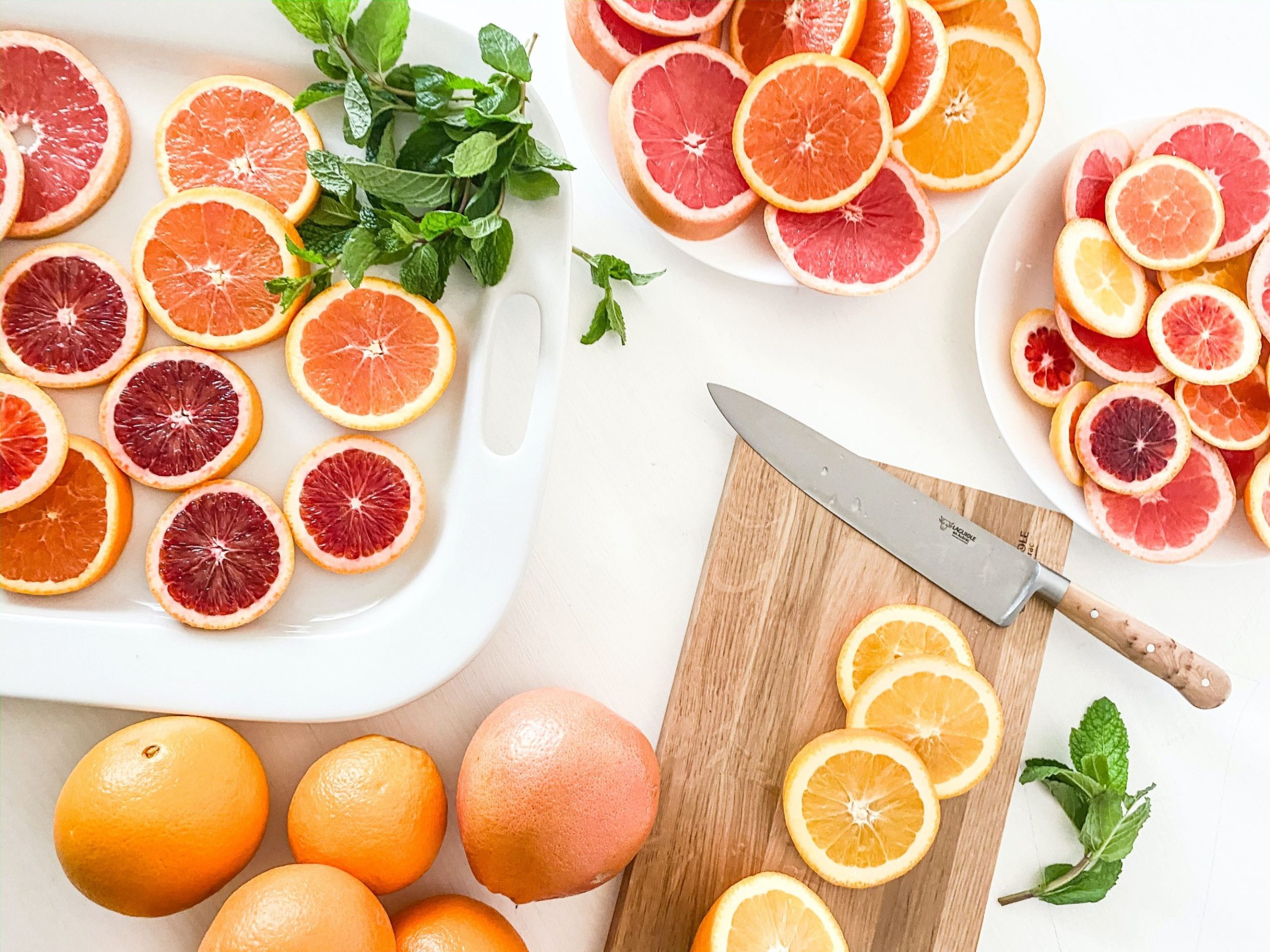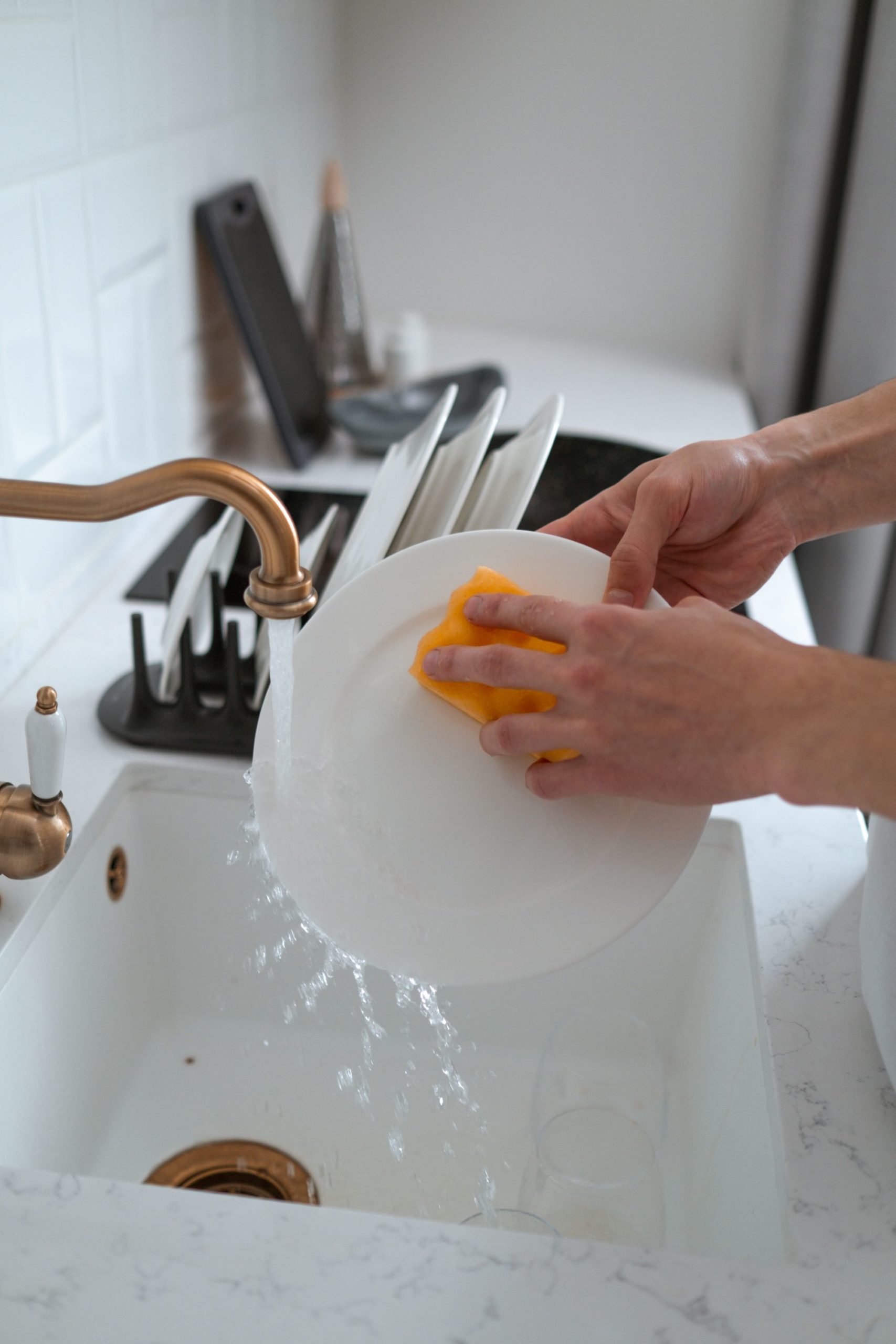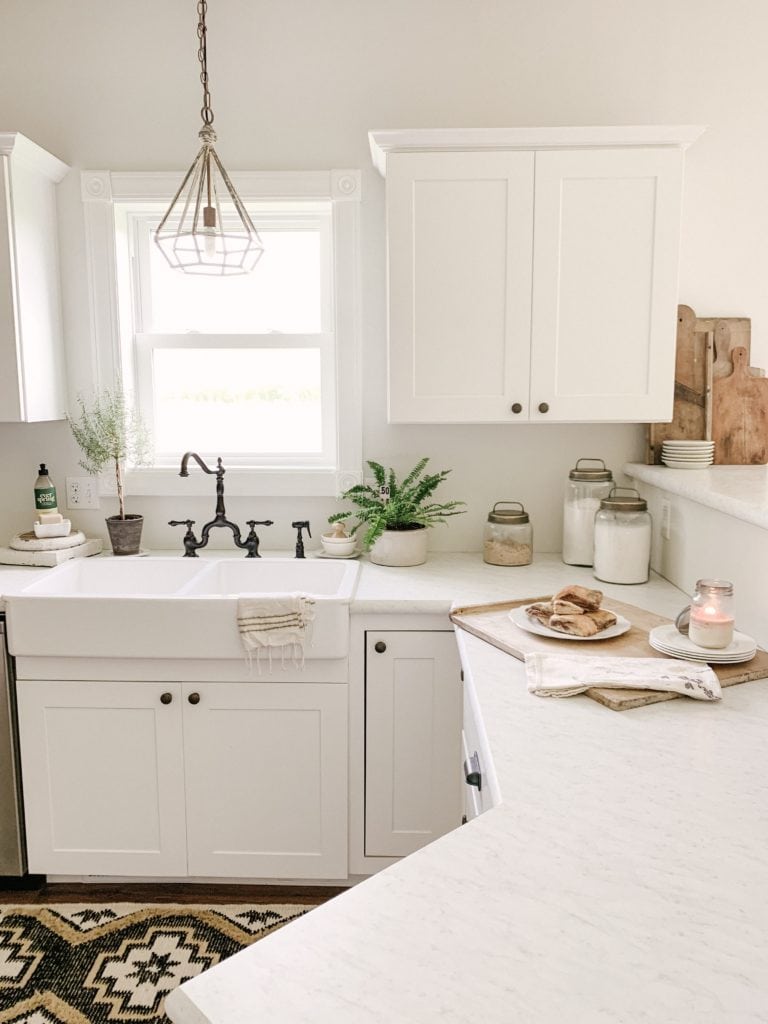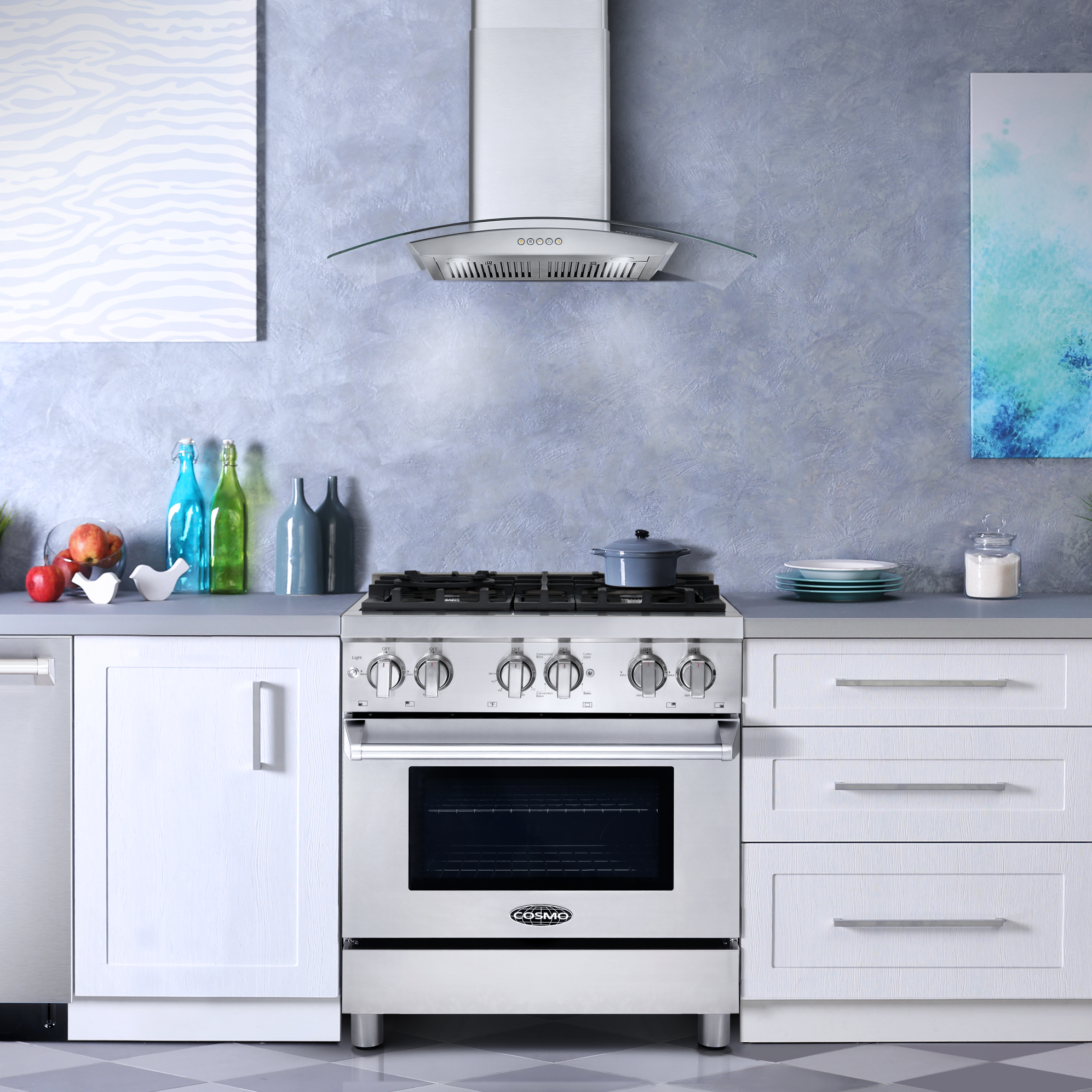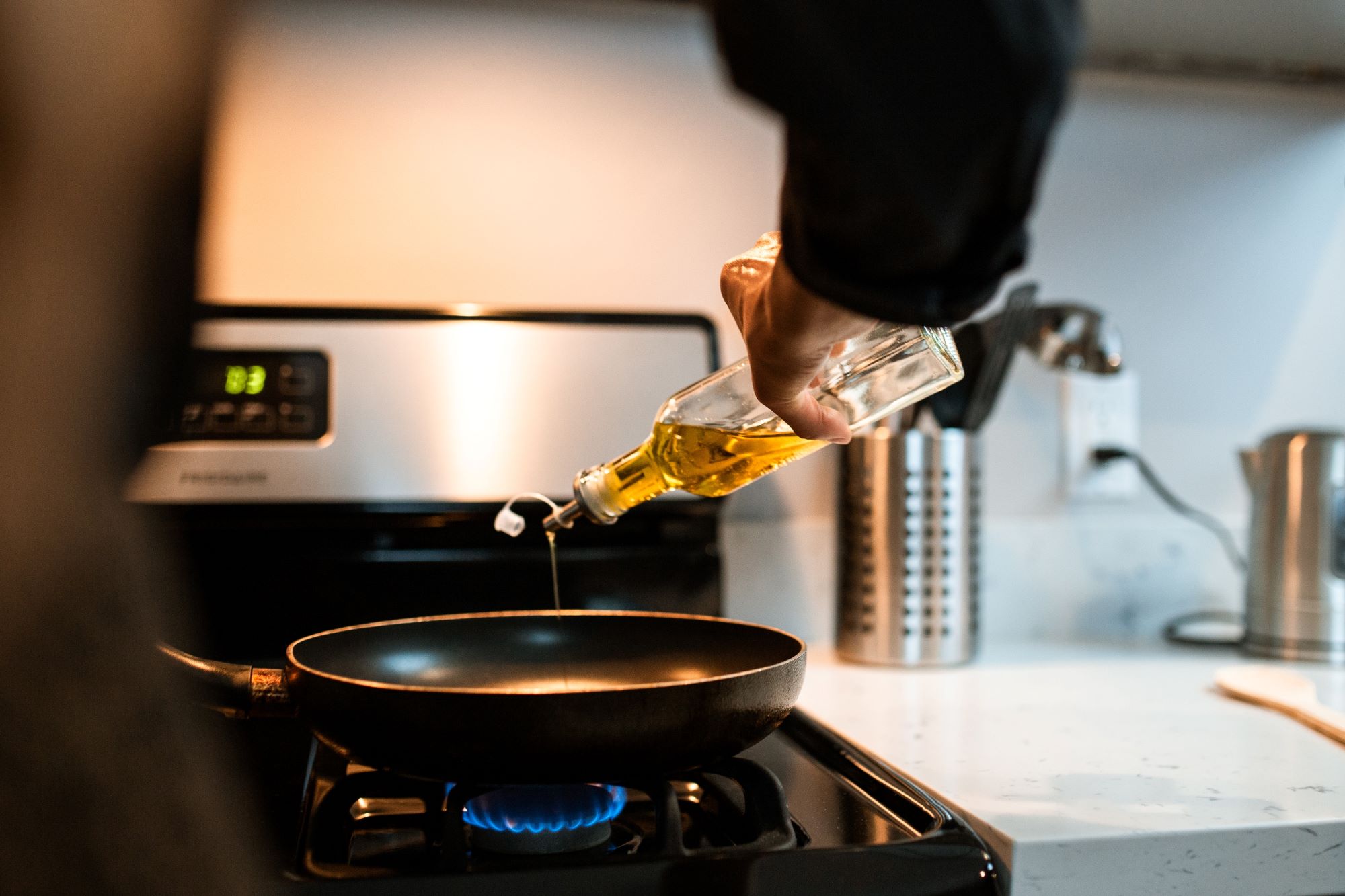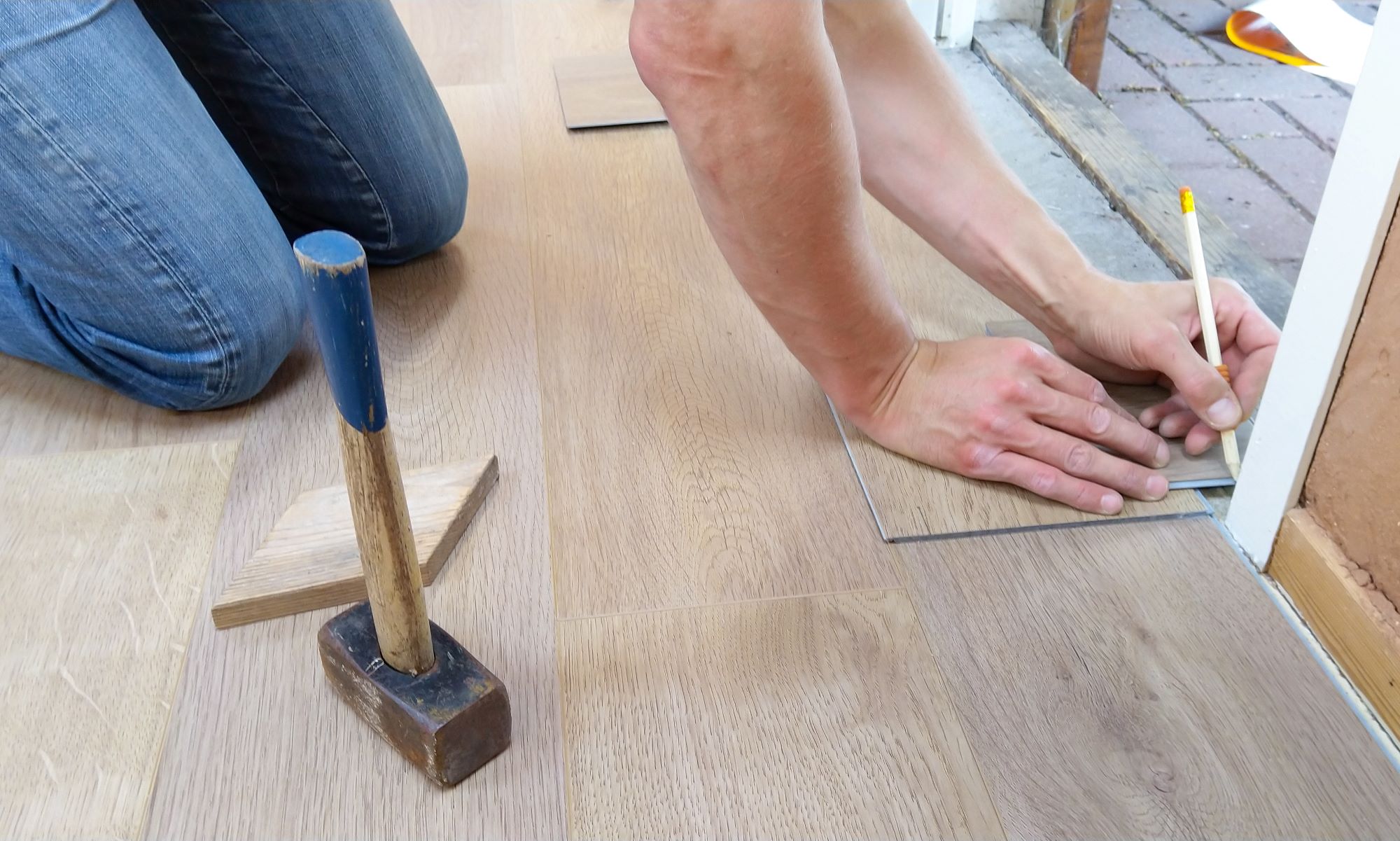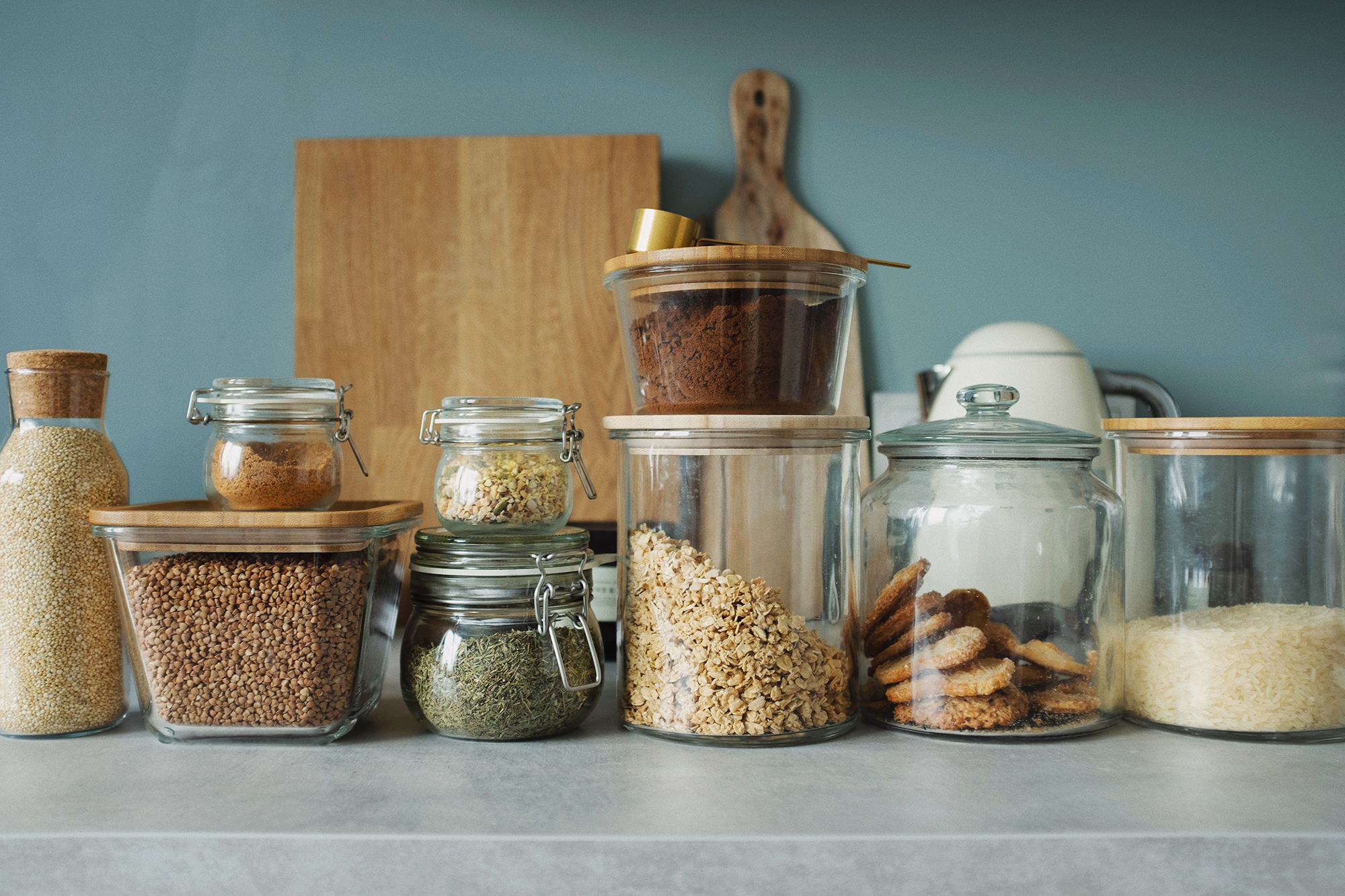The Healthiest Low-Sugar Fruits You Should Eat
Skipping fruit may seem like the newest trend to cut out sugar, but some fruits actually contain valuable vitamins, minerals and antioxidants we need. On average only one in 10 adults get enough fruits and veggies needed in a balanced diet. This can increase risk for chronic illnesses like diabetes and heart disease. If you’re looking to cut back on carbs and higher-sugar fruits, look to these fruits instead. Strawberries. A great option for their low sugar. A cup of strawberries only has 7 grams of sugar and provides your daily recommendation of vitamin C. Grapefruit. Another great alternative to sugary snacks. The key here is portions. Half of a grapefruit contains about 8 grams of sugar. Avocados. Although it may not seem like one, avocados are definitely a fruit. They are full of healthy fats that protect your heart and lower LDL or cholesterol, plus phytochemicals that reduce oxidative and inflammatory stress. Raspberries. Berries are low in sugar with just 5 grams of sugar per cup. Also, they have 8 grams of fiber which will leave you feeling full better than other fruits. Blackberries. Rich with 8 grams of fiber and 2 grams of protein, these berries are perfect for nutrients. A cup has only 7 grams of sugar. Oranges. These fruits are better eaten whole rather than in a juice. A single orange has 12 grams of sugar with more than the daily recommended vitamin C. Sources: Good Housekeeping

